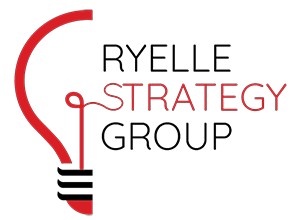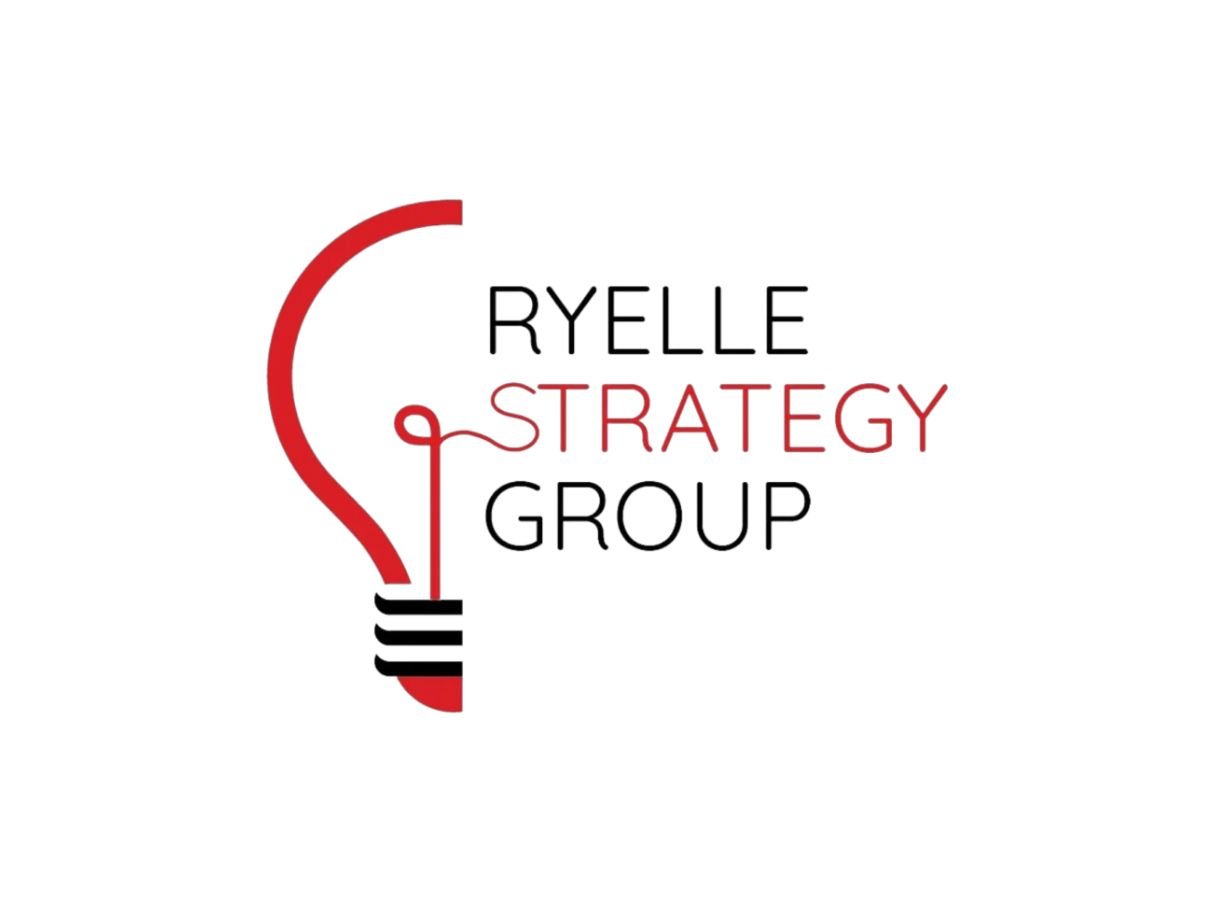The Impact of COVID-19 on Workplace Wellness
As we recalibrate work culture following COVID-19, the significance of wellness in the workplace cannot be overstated. The COVID-19 pandemic has had a profound impact on workplace wellness, reshaping the way organizations and employees perceive and prioritize well-being in the professional realm.
Traditional work environments underwent a paradigm shift, leading to a heightened awareness of burnout risks and a re-evaluation of the fundamental elements that make up a healthy workplace. The prolonged remote work arrangements necessitated by the pandemic revealed the importance of flexibility and work-life balance, prompting a reconsideration of the way we work across industries.
Prioritizing employee wellness is a critical component of an effective corporate culture to ensure both employee satisfaction and organizational success. Employers and employees alike have recognized the need for comprehensive wellness initiatives such as mental health support and a focus on creating conducive work environments that promote overall employee well-being. With employees facing increased risks of burnout and the challenges of adapting to new ways of working, organizations must re-evaluate their approach to employee well-being.
In this article, we’ll explore the importance of employee wellness in the workplace, the causes and consequences of burnout culture. And to help you move forward with a renewed focus on employee well-being, we’ll provide some suggestions for implementing effective culture that supports wellness initiatives in post-pandemic workplaces.
The Value of Employee Wellness and the Risks of Burnout Culture
It’s not a secret that employees’ mental health directly impacts their productivity and engagement, in turn profoundly influencing job satisfaction, professional relationships and overall well-being.
But what does this really entail?
Employee wellness refers to the overall health, well-being and satisfaction of individuals in the workplace. Organizations often implement employee wellness programs to enhance productivity, reduce absenteeism and boost employee morale and engagement. Some of the most common employee wellness initiatives include access to health screenings and mental health resources, fitness programs, flexible work arrangements, health education and incentives.
But given the changing nature of workplaces in a post-pandemic world, employee burnout is on the rise. 42% of the global desk-based workforce have reported experiencing burnout, according to a recent study by Future Forum.
Burnout can be caused by the fast-paced and demanding nature of modern work, coupled with increasing expectations and workload, and can manifest through chronic stress, exhaustion, anxiety and depression. It significantly impacts both employee performance and wellness, leading to decreased productivity and reduced quality of work. As a result, more and more companies are recognizing the need to address employee wellness on a larger scale to tackle this issue and reimagine what wellness in the workplace looks like.
Implementing Employee Wellness in Your Organization
The pandemic has increased the demand for mental health support in the workplace, and employees have become more mindful of how their mental health is affected by their work environment. Employers need to acknowledge these trends and ensure that wellness offerings meet the current and diverse needs of employees.
Recognizing the importance of employee wellness is crucial for organizations. Apart from fostering a positive work environment, prioritizing employee well-being enhances job satisfaction, boosts morale and increases retention rates. By implementing supportive measures, organizations can combat burnout culture, ultimately fostering a healthier and more productive workforce.
Here are a few examples of elements that demonstrate an employer’s investment in employee wellness:
- Offering flexible work arrangements: Flexibility has become a key pillar of workplace wellness in 2023, especially in the era of hybrid workplace models. However, it’s crucial to recognize that flexibility should be personalized to accommodate different employees’ needs and responsibilities.
- Providing progressive health benefits and wellness programs: Benefits programs that address diverse needs, such as those of trans or non-binary individuals as well as fertility-related treatments, are essential. Allowing employees to exercise autonomy in choosing how to use health spending accounts can also contribute to their overall well-being.
- Fostering a supportive work culture that promotes work-life balance: Creating a healthy work environment involves setting boundaries and supporting breaks and physical activity. Organizations can also make physical spaces dedicated to wellness, such as private wellness rooms, available to employees.
- Encouraging open communication: It’s important for employees to feel safe discussing their well-being and feelings with managers without worrying that there will be negative consequences. A healthy working environment arises when colleagues and leadership collaborate effectively and build trust, leading to a more engaged and productive workforce.
- Having leadership endorsement and engagement in wellness initiatives: The endorsement of wellness initiatives by leadership is essential for creating a culture of health within an organization. When CEOs and middle managers actively participate in wellness programs, it sets a powerful example and encourages employees to engage. Moreover, prioritizing mental health and cultivating supportive leaders fosters a resilient and thriving workforce.
Investing in employee well-being is both the right thing to do and a strategic business decision. Organizations that prioritize employee well-being experience higher productivity, profitability and employee retention. Leaders play a crucial role in supporting employee well-being, and creating a healthier work environment requires the promotion of work-life balance.
Well-being initiatives should be holistic, align with the organization’s culture and values and involve employees in the design of programs to ensure everyone feels safe and supported. Improved access to mental health resources and creating a safe space for employees to discuss their well-being are also important considerations in an effective employee well-being strategy.
Prioritize Employee Wellness to Build a Thriving Workforce
Crafting a culture that prioritizes employee wellness requires a deep understanding of an organization’s unique needs and those of its employees. By implementing strategies that promote positive mental health and wellness initiatives in the workplace, organizations can significantly contribute to the overall well-being of employees, which in turn contributes to the success of the organization.
Employee wellness programs that address the employee’s physical, social, mental and social needs; create a supportive environment; provide progressive health benefits and resources; encourage work-life balance; prioritize stress management; and engage employees in decision making have proven to yield substantial benefits. The benefits include reduced healthcare costs to the organization, increased employee productivity, improved employee retention and an overall positive company culture. Investing in the wellness of employees is not only a strategic imperative but also a compassionate approach that can drive organizational success in the long run.
Our team of Ryelle experts is dedicated to supporting organizations in developing and implementing employee wellness strategies. We offer expert guidance and resources to help you create a workplace culture that prioritizes employee well-being, increases engagement, and drives success. Contact us to learn more about our services and how we can assist you in building a thriving workforce.




